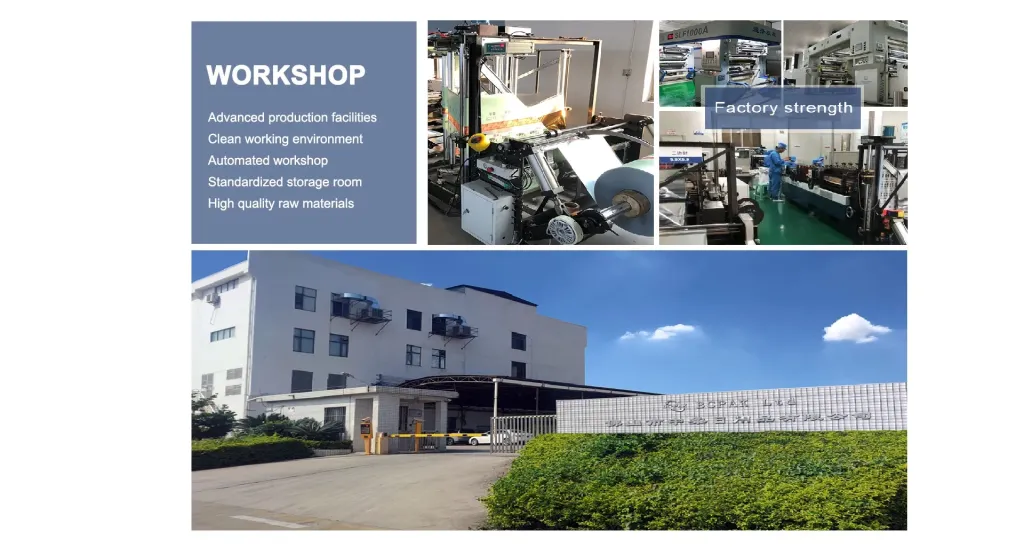Fitting joints are crucial components in various industries, from plumbing and HVAC systems to automotive and aerospace engineering. Achieving a perfect joint fit is not merely a practical necessity—it's a testament to craftsmanship, precision, and engineering acumen. Understanding the complexities of fitting joints can be a comprehensive journey that involves selecting the right materials, understanding mechanical properties, and applying detailed technical knowledge.

One common area where fitting joints play an essential role is in the installation of plumbing systems. The correct fitting of joints ensures that pipes operate seamlessly, without leaks, and can withstand the pressure of flowing water. For plumbers, expertise in selecting appropriate joint types, such as compression fittings, soldered joints, or push-fit connectors, is pivotal. Each type has unique advantages, such as ease of installation, cost-effectiveness, or durability. A seasoned plumber would testify that using high-quality materials and meticulous fitting practices directly translates to longevity and performance reliability in plumbing systems.
When delving into the automotive industry, fitting joints also hold significant importance. In vehicle manufacturing, ensuring that joints are precisely fitted is paramount for both safety and performance. Components such as the chassis, engine parts, and exhaust systems must be connected with precision. Engineers deploy highly specialized techniques such as welding, bolting, or the use of advanced adhesive technologies. This requires not only an understanding of the mechanical stresses each joint will face but also the environmental conditions to which they will be exposed, such as vibrations, temperature fluctuations, and exposure to corrosive elements.

The aerospace sector pushes the envelope even further with its stringent requirements for fitting joints. Here, the expertise extends into using lightweight materials such as titanium and aluminum alloys to achieve a perfect balance between structural integrity and weight efficiency. Engineers and technicians must execute their roles with thorough precision, as even minor imperfections in joint fittings can have catastrophic consequences. Technologies like friction stir welding and riveting are employed, requiring significant investment in training and certification to ensure adherence to safety and performance standards.
fitting joints
The realm of HVAC systems also relies heavily on fitting joints, demanding expertise in maintaining air-tight and efficient systems. Poorly fitted joints can lead to significant energy losses, which can impact both economic and environmental aspects. The focus here is on employing materials that provide excellent insulation properties, alongside fittings that can easily accommodate expansions and contractions due to temperature variations. Professionals in this sector emphasize the importance of regular maintenance checks and timely replacements of worn-out joints to sustain optimal performance levels.
In conclusion,
the fitting of joints exemplifies the intricate blend of art and engineering. It demands a profound understanding of individual system requirements and the mechanical properties of materials involved. Professionals in the field must continually update their skills and knowledge base to include evolving technologies and materials. Industry leaders advocate for continued investment in high-quality fittings, comprehensive training, and adherence to international standards to enhance the reliability, safety, and efficiency of joint installations across all sectors.
Consumers and industry practitioners alike are urged to consider the collective experience and expertise of certified professionals when dealing with joint fittings. Trustworthiness comes from proven competence, and the reliability of a joint fitting significantly benefits from partnerships with reputable manufacturers and certified contractors. As industries evolve and demands for efficiency and safety intensify, fitting joints seamlessly into systems will remain an indispensable element of industrial and domestic precision engineering.
Post time:
Jan-20-2025











